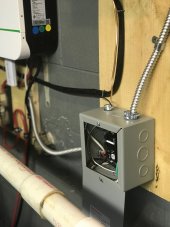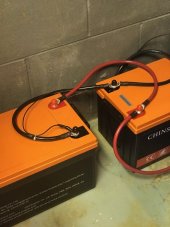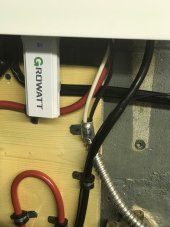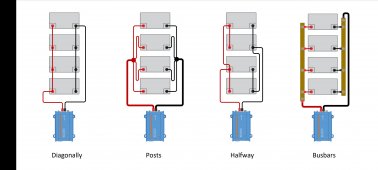I would appreciate anyone's insight into the Growatt data logging. my system is not capable of more than 27.7amps in full sun with x1.25 temp correction applied. why the heck does the Growatt think it's charging at 62amps on the dashboard? volts seems to be reporting right at 84v variable on the sun.
nevemind...
actually, it's reporting the battery charging amperage. so, lets say 1400w PV input / 24v battery bank= 58.3amps
nevemind...
actually, it's reporting the battery charging amperage. so, lets say 1400w PV input / 24v battery bank= 58.3amps
Last edited:








